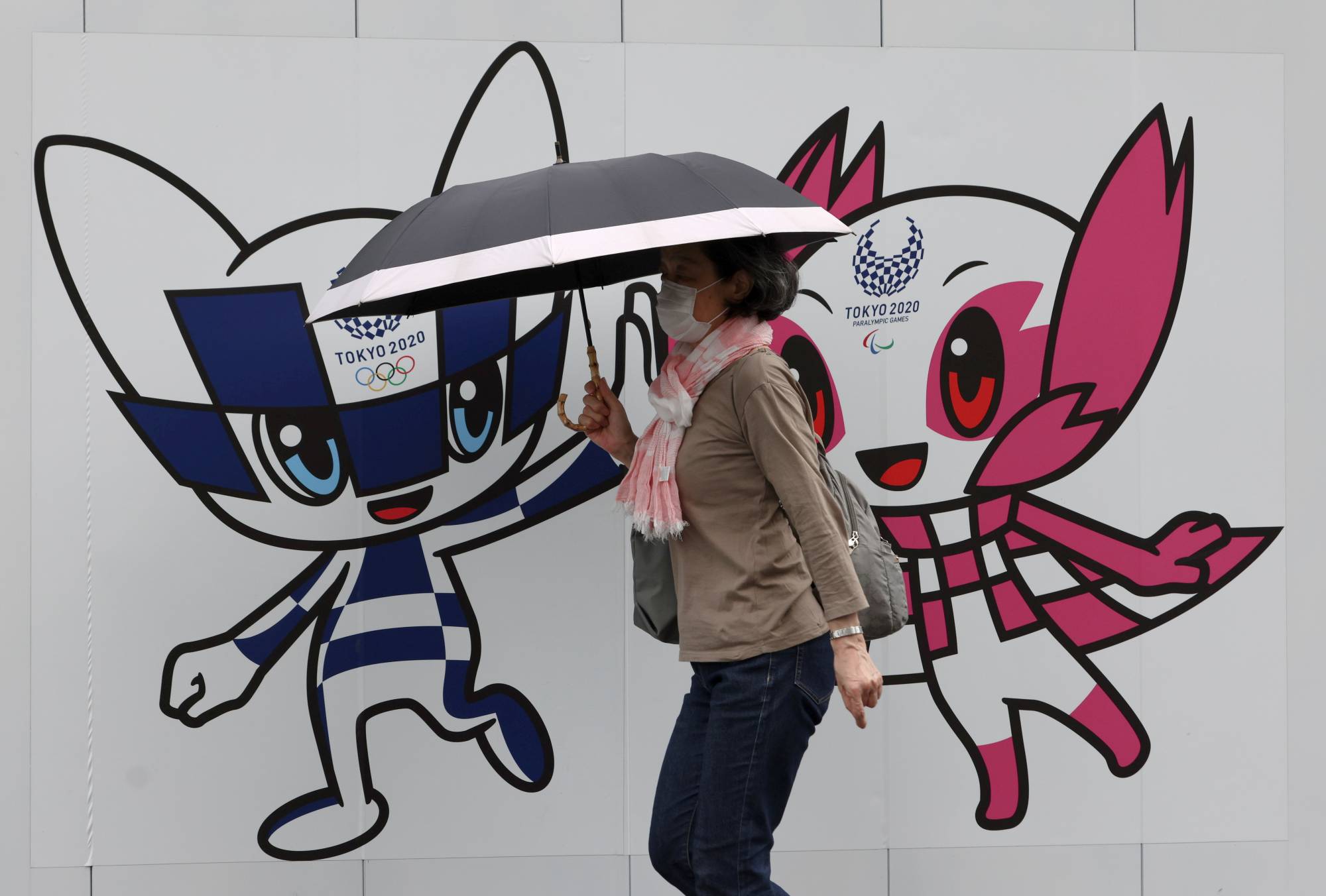Before the pandemic, the Japanese designer who created the Olympic and Paralympic mascots predicted that they would become the "face of the Games.”
It hasn’t quite turned out that way. The two mascots are ubiquitous in the Olympic merchandise being sold around Tokyo as the Games unfold. But in a country where mascots play a major role in corporate branding and merchandising, they have mostly been a subdued presence at the very event they were made for.
The Japanese public is not really swooning over them either, according to fans and experts who study the country’s mascot industry. The mascots’ social media profiles are modest, and a common complaint is that their names — Miraitowa and Someity — are hard to remember.


















With your current subscription plan you can comment on stories. However, before writing your first comment, please create a display name in the Profile section of your subscriber account page.